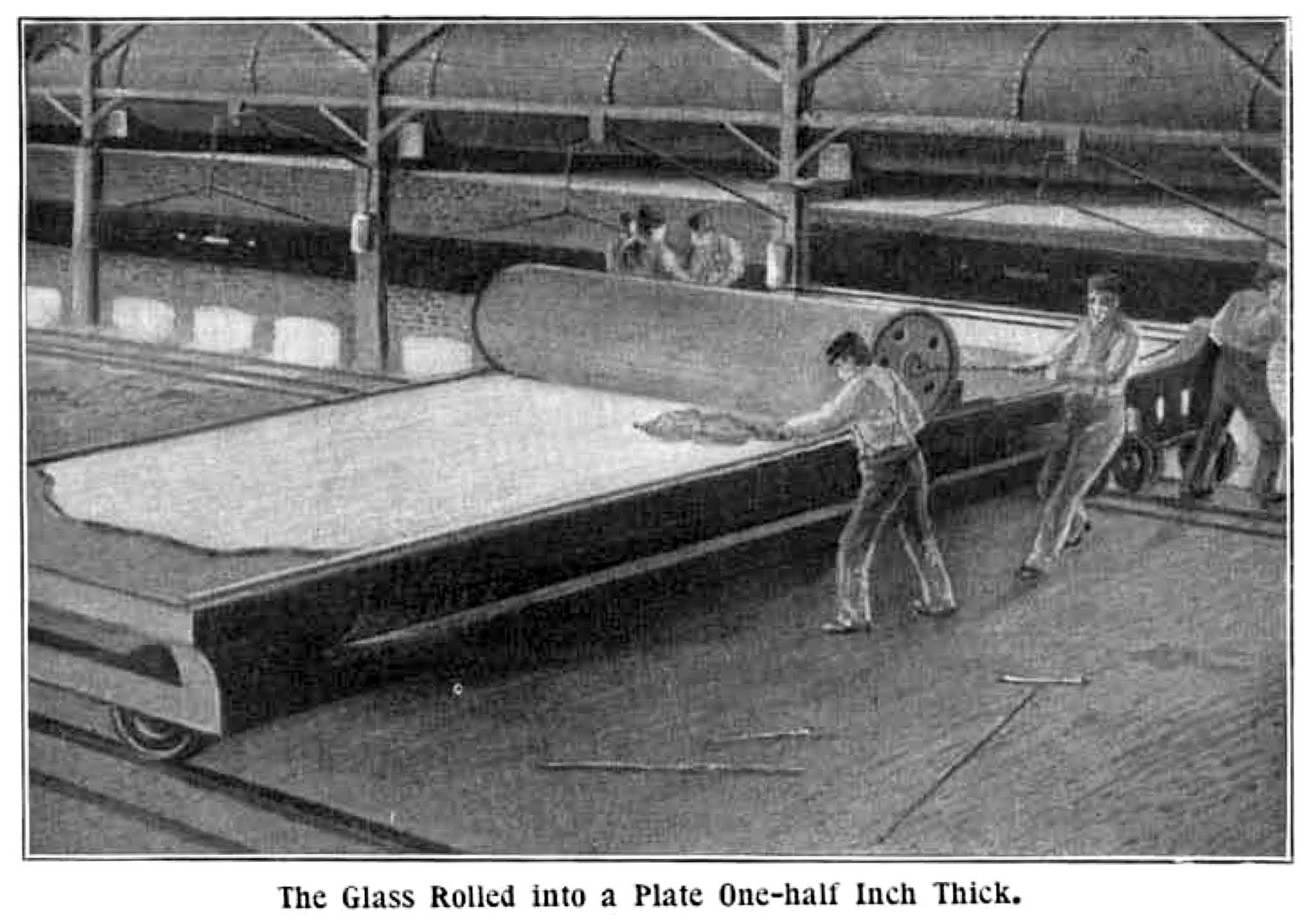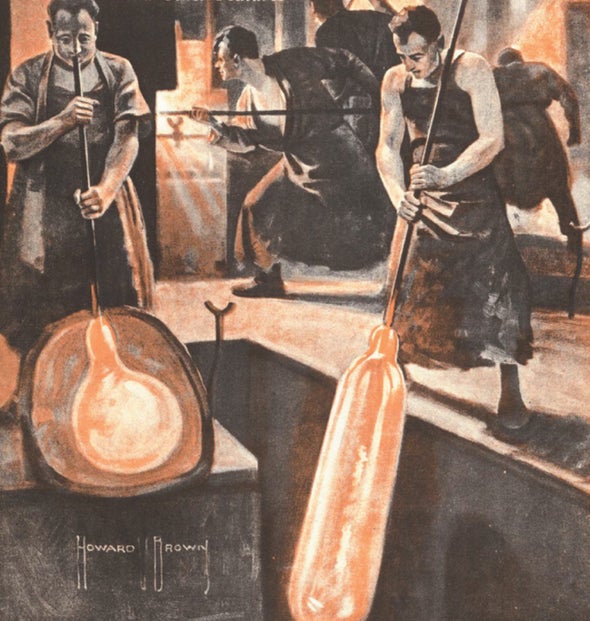1970
Once a Leader
“In his recent message to Congress on the environment President Nixon listed 37 steps ‘we can take now and that can move us dramatically forward toward what has become an urgent common goal of all Americans: the rescue of our natural habitat as a place both habitable [by] and hospitable to man.’ The steps are designed to achieve progress in four major areas: control of water pollution, control of air pollution, management of solid wastes and provision of more recreational areas and open space. One of the administrative actions was to create a three-man Council on Environmental Quality to ‘be the keeper of our environmental conscience, and a goal to our ingenuity.’”
Liquid-Crystal Displays
“In recent years liquid crystals have stimulated the imagination of engineers. These substances are currently being used to create a new family of devices for the display of symbols such as numbers and letters. They may also make it possible to devise a window that can be made cloudy or transparent at the flick of a switch and a television set no thicker than a picture frame. Someday liquid crystals may become the picture-producing element in the most ubiquitous display device of all: the television receiver. —George H. Heilmeier”
1920
Making Panes of Glass
“Our image shows a typical scene in a factory for the making of ordinary window glass—a branch of manufacture that is today of more than ordinary interest in the non-Teutonic countries of Europe, by virtue of the efforts being made to foster home production and thereby break the German monopoly which existed before the [First World War]. It is perhaps not generally known that the formation of the thin sheets of glass called for by the glazer follows the rather roundabout formula of blowing the glass into cylinders, to be later slit and flattened out into sheets; but this is the fact.”
1870
A Species' Demise
“The Great Auk, once very abundant on both shores of the North Atlantic, is now believed to be entirely extinct, none having been seen or heard of alive since 1844, when two were taken near Iceland. The death of a species is a more remarkable event than the end of an imperial dynasty. In the words of Darwin, ‘No fact in the long history of the world is so startling as the wide and repeated extermination of its inhabitants.’ How the Great Auk departed this life, by which of the great causes of extinction now slowly but incessantly at work in the organic world—the upheaval or subsidence of strata, the encroachments of other animals, and climatal revolutions—we cannot say.”
Epic Tales
Glass: A Window on Modernity

Windowpanes have been made from blown glass cylinders since the early Middle Ages. Cast sheet glass, poured into molds, flattened (as in our drawing from 1901) and polished, was well suited for mass production but expensive to make. In 1902 Irving W. Colburn “built and destroyed machine after machine and ... produced the first commercially successful apparatus for drawing sheet glass.” In the 1950s Alastair Pilkington introduced “float glass” (whereby hot glass is floated on molten tin); today it accounts for 90 percent of flat glass used world wide. At the fore front of modernity, the glass on your smart phone screen is probably Corning’s fusion-drawn Gorilla Glass: it separates environments but provides a . . . window . . . between them.

